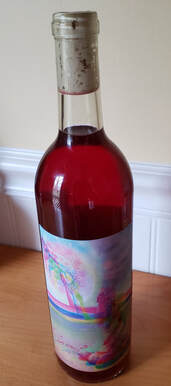
Libertine Wines' Acid Freak rosé is made from riesling and dolcetto. If that sounds a little odd it is because it is a teensy weensy bit odd.
Out of the gate the wine has cranberry, then raspberry with a bit of vinegar. It is a little a little funky with great , bright acid, as you might expect from the name. I say "this tastes like summer" about a lot of roses and this one really tastes like that but it is a great deal more interesting than the ocean of Provence rosés flooding the market.
A dolcetta riesling co-fermentation is unlikely. You can read more about how it came to be on Wilamette Valley-based Libertine's website. The fact that this is an odd mix does not mean this wine is, in any way, off putting or weird. It is not. I cannot imagine anyone not liking this who enjoys rose. There are a number of such co-fermentations, sometimes with much more peculiar combinations of grapes, out there. Sometimes they veer toward red, other times are more obviously rosé. Once upon a time it was considered a BAD thing to mix red and white grapes (even though it was often done traditionally). These days orthodoxy isn't king and we are seeing more creative blends.
Even though it isn't traditional this co-fermentation makes sense. You get bright fruit from dolcetto but not much in the way of acid. Of course riesling BRINGS the acid. Riesling is one of the white grapes with the highest acidity. There is a lot of fruit here. One drinker thought it was sweet but that is likely the fruit masquerading as sweetness. The acid might cover a little but there isn't more than a small amount of sugar even if it is there.
Riesling gets its due. People who know realize it is one of the premiere grapes for white wine. Dolcetto is often regarded as a poor stepchild of the more famous reds from Piedmont. This is unfair. Not every wine needs to be something you save for 20 years, nor does every wine have to rip your head of with its tannins. Maybe wines like this will get people interested in their more traditional counterparts.
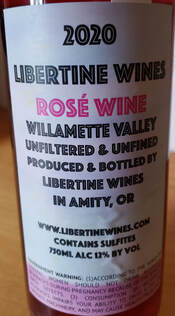

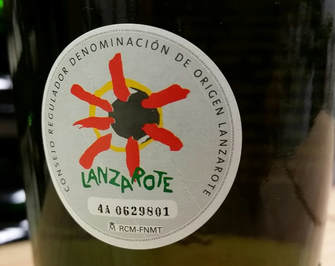
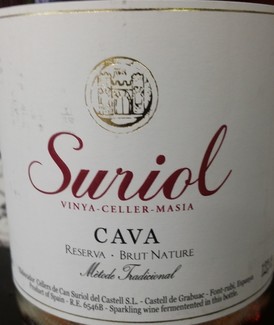

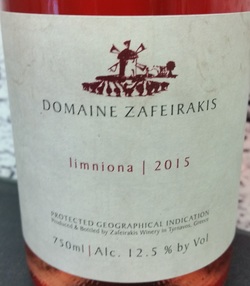
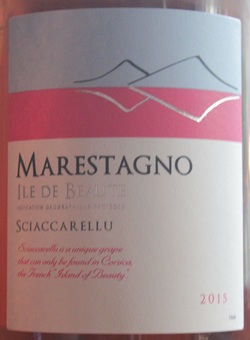
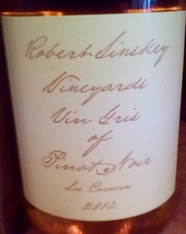
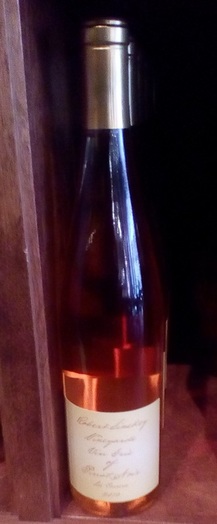
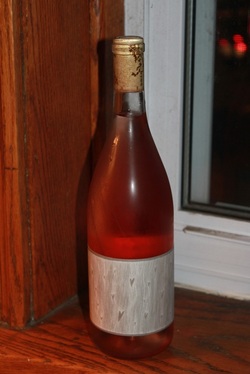
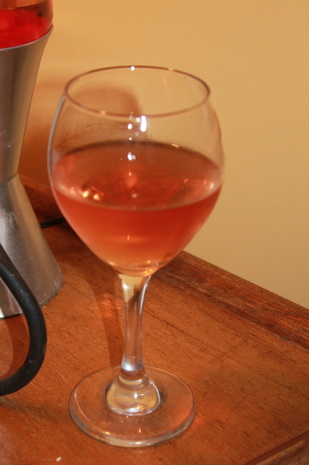
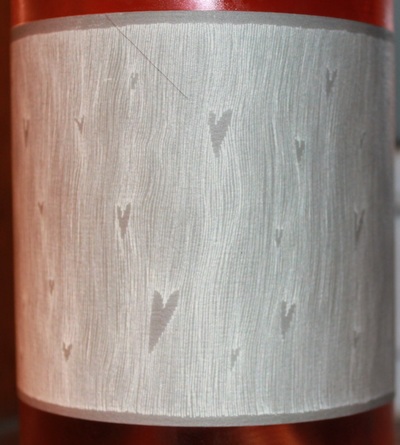
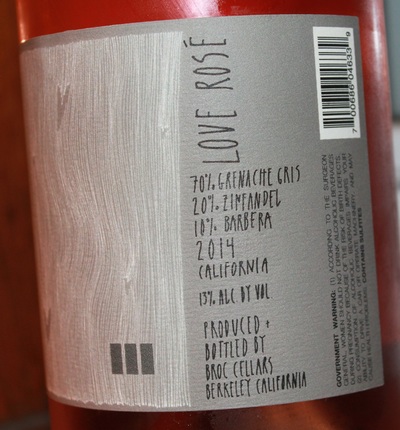
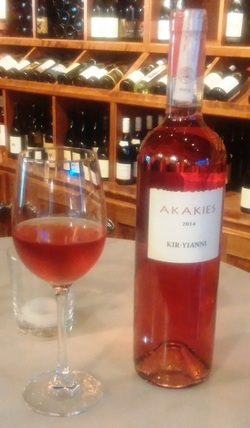

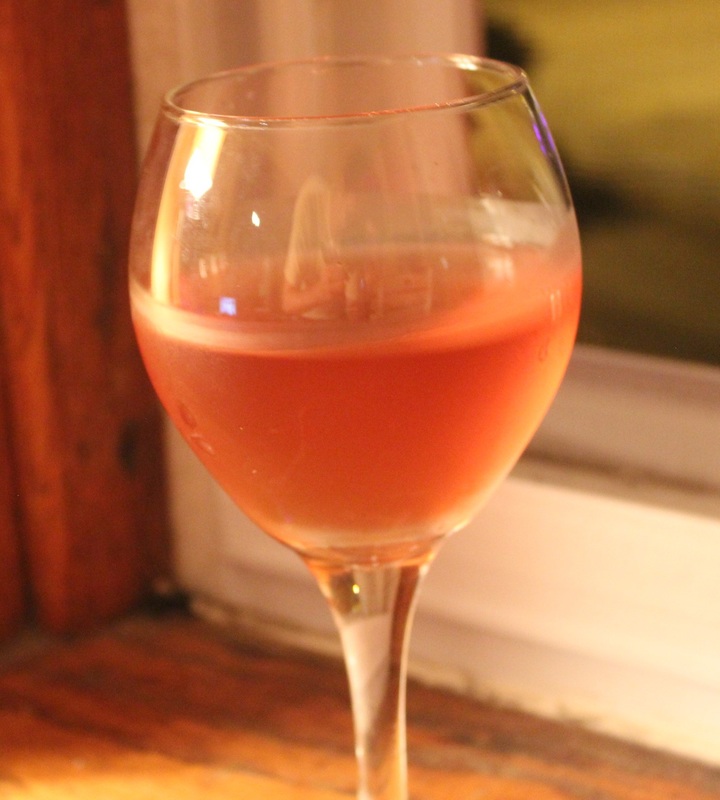
 RSS Feed
RSS Feed